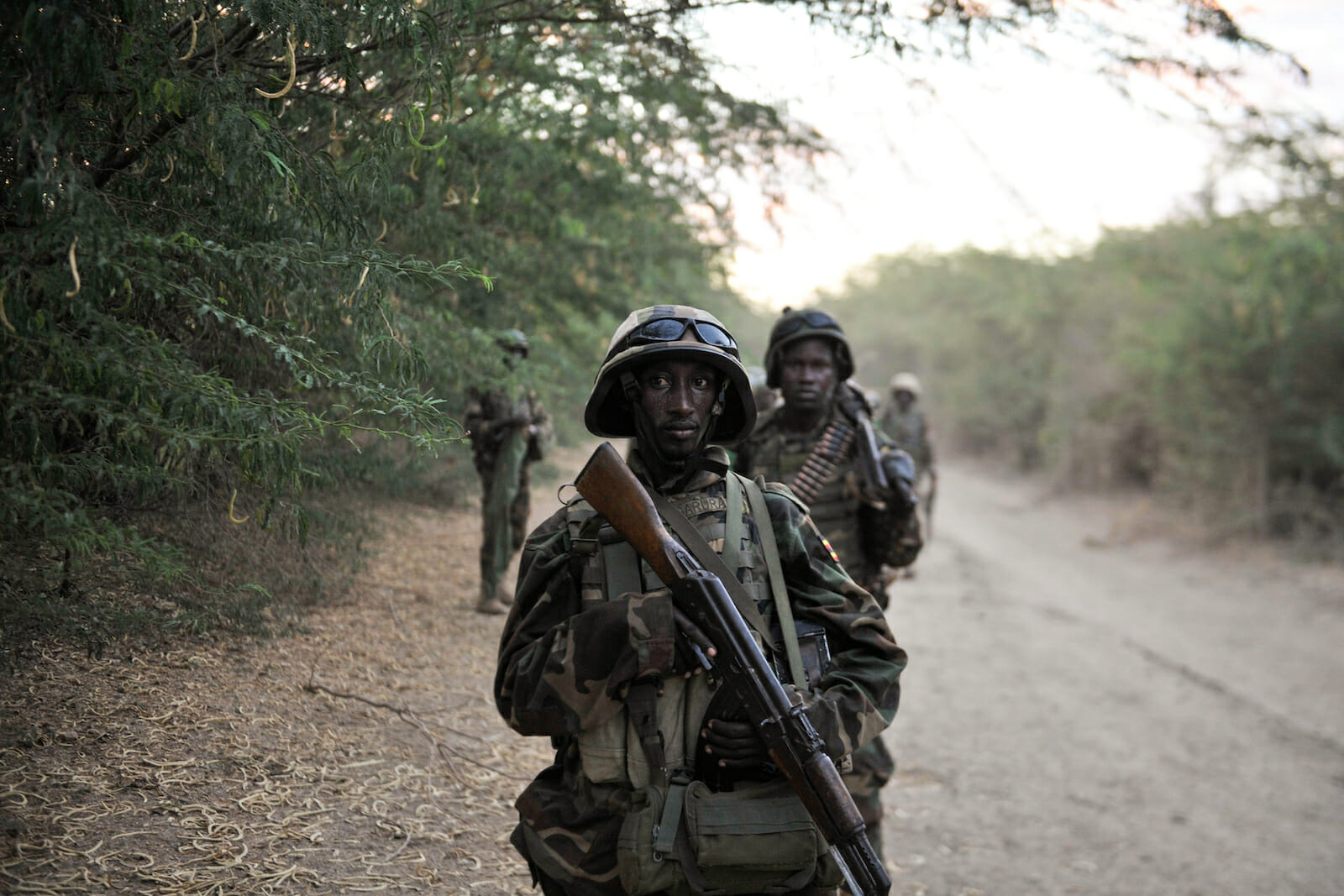
Female Suicide Bombers Shows al-Shabaab’s Desperation
Somalia has recently witnessed a dramatic uptick of female suicide bombers. In the past four weeks alone, al-Shabaab conducted two suicide attacks and both perpetrators were female. One attack targeted a seemingly impregnable municipal building which housed the mayor of Mogadishu, claiming the lives of eight people, including Mayor Abdirahman Osman, while the other attack was a failed attempt at a Somali army camp post. As the militant group gloated from the ensuing public reactions of shock, fear, and surprise, the paradigm shift of seeking female suicide bombers to fill their ranks foretells the group’s increasing desperation.
Al-Shabaab’s test-run with female suicide bombers
From al-Shabaab’s emergence in late 2006, the group has deployed female suicide bombers only three times in 208 suicide attacks. Al-Shabaab’s first use of female suicide bombers was an assassination attempt against the Somali interior minister, Abdishakur Hassan, in 2011. Since then, the group has carried out two more suicide attacks using women in 2012 and 2015, killing 36 people. Al-Shabab then placed a moratorium on its use of women until a month ago.
Unlike its African counterpart — Boko Haram — whose suicide operations are primarily executed by women, al-Shabaab’s use of women to conduct suicide bombings has thus far proven to be an anomaly. The group operates on the strict gender binary wherein men are modeled as fighters and women play domestic roles.
Desperate times require desperate measures
Studies of women suicide bombers in other terrorist movements reveal that the use of female suicide bombers shows a long-term organisational decline. The deployment of women bombers by groups is frequently regarded as a last act of desperation, with groups using this tactic an average of 13 years into a campaign. By this stage, terrorist groups often face vastly depleted male resources, and women represent a last resort in terms of recruitment. In Somalia, al-Shabab has been waging a full-fledged insurgency for close to 13 years.
Two central reasons suggest why al-Shabaab has opted to use female suicide bombers as part of its arsenal of violence.
One is the group’s growing frustration with its inability to get male suicide bombers past crucial checkpoints on their way to their intended targets. A female suicide bomber can enable al-Shabaab to penetrate deep within hardened security structures, which men could not pass through undetected and unsearched. Given cultural and religious constraints, men are forbidden from searching women, leaving a gap in security measures that al-Shabaab can exploit. This was the case in the July 24, 2019 attack when a female suicide bomber and her accomplice entered the heavily guarded Mogadishu’s municipal building without being searched or scanned.
The second reason for introducing female suicide bombers came in response to logistical demands. Militant groups increasingly turn to the use of women as attackers as a result of operational counter-terrorism measures, drone strikes, and ground operations. This trend has been observed in other groups. For instance, after the start of the Anbar Awakening in Iraq, al-Qaeda, in an act of desperation, dramatically increased their use of female suicide bombers. Similarly, ISIS adopted female suicide bombers as a tactical response to territorial collapse and a mounting military onslaught that they were facing.
Since 2017, al-Shabaab has pivoted away from making any strides in advancing its strategy of attrition. My al-Shabaab’s dataset, that chronicles the group’s suicide attacks from 2006 to 2018, reveal a steady decline in the group’s suicide bombing effort as a result of territorial losses, high ranking commanders being killed, high-profile defections and expanded drone strikes. A 2017 truck bomb attack that claimed the lives of more than 500 civilians profoundly inflamed local public opinion.
Ripeness for talks
Although al-Shabab is ostensibly on the ropes, it remains a potent threat precisely because of its use of desperate tactics. Thus, whereas deferment of female suicide bombers as a tactic was easier in early 2017 when al-Shabab was in a much better strategic position, today they look more appealing as the group becomes increasingly threatened. Indeed, this significant tactical shift in a desperate struggle for survival highlights a situation that William Zartman refers to as a “mutually hurting stalemate” — in which both sides are suffering, but neither side has enough of an advantage to escalate toward military victory. It implicitly reveals a potential readiness for negotiations.
A RAND study has found that 43% of terrorist campaigns ended through some kind of negotiation. Indeed, many groups who responded to negotiations were weakened by military campaigns against them and shifting momentum. The Somali government can capitalise on this stalemate by consulting with traditional Somali elders – who enjoy legitimacy in the eyes of different stakeholders – to kick-start the pre-negotiation process that can eventually lead to a successful negotiated settlement.
However, if the Somali government and its allies reactively respond to this shift in tactics with increased military pressure, al-Shabaab – in a quest for survival and resurgence – will continue adapting and shifting measures to replenish its growing losses and defections. Today it is women suicide bombers, but tomorrow it could be children.

